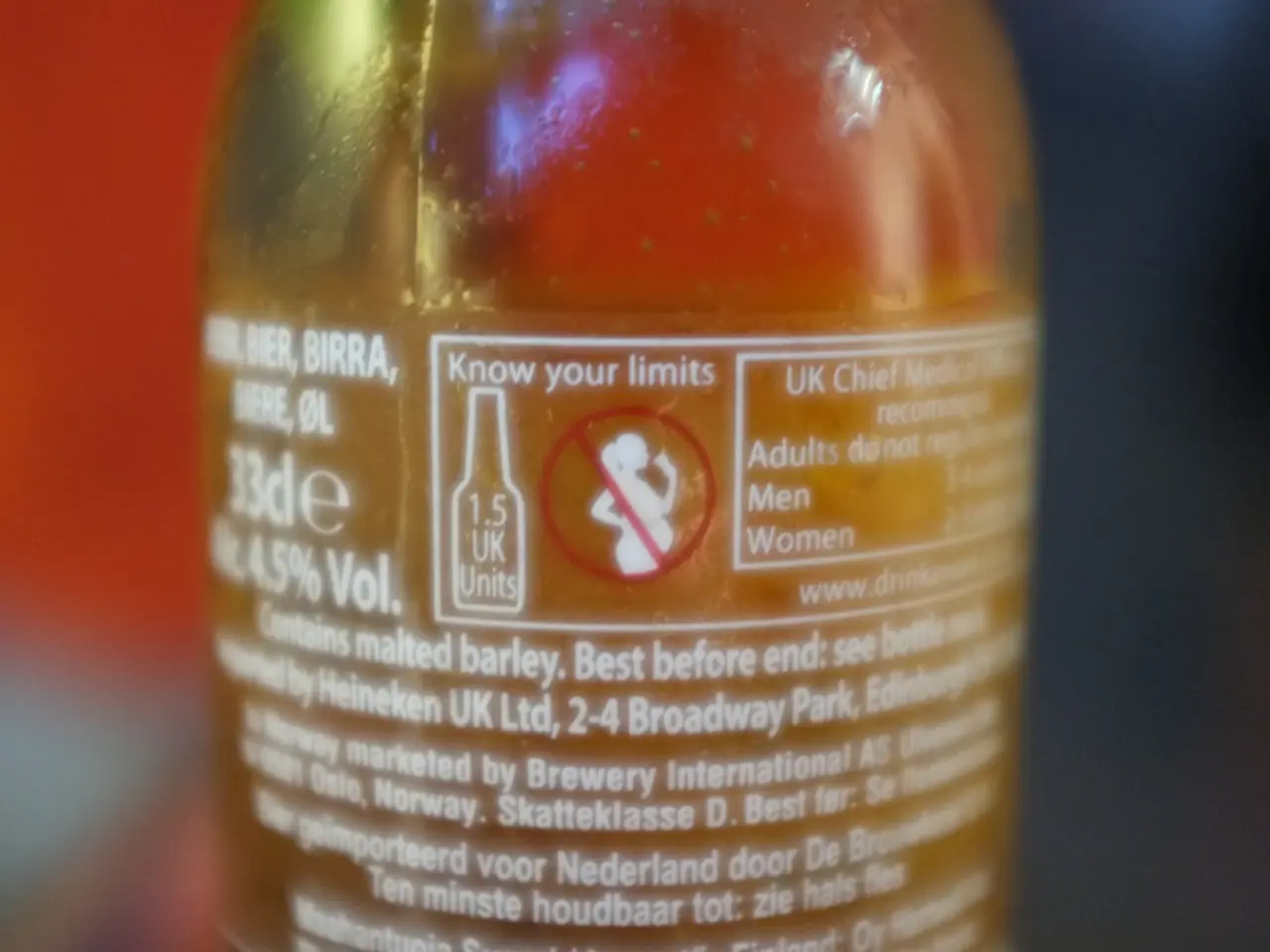Managing Stress and Anxiety: Understanding the Distinction and Coping Strategies
Stress and anxiety are common feelings that can affect anyone, regardless of age or background. They are often interconnected, with stress being any demand placed on your brain or physical body, triggered by events or scenarios that make you feel frustrated or nervous. Anxiety, on the other hand, is a feeling of fear, worry, or unease, which can occur as a reaction to stress or happen without any obvious trigger.
Symptoms of Stress and Anxiety
Both stress and anxiety involve a range of symptoms, such as trouble sleeping, digestive issues, difficulty concentrating, muscle tension, irritability or anger, headaches, increased sweating, feelings of overwhelm, restlessness, changes in appetite, and increased heart rate. In some cases, anxiety may also involve symptoms like a feeling of impending doom, tingling or numbness, and brain fog.
Common Anxiety Disorders
There are several types of anxiety disorders, including Generalized Anxiety Disorder (GAD), Obsessive-Compulsive Disorder (OCD), Social Anxiety Disorder, Panic Disorder, and Post-Traumatic Stress Disorder (PTSD). GAD is a common anxiety disorder characterized by uncontrollable worrying, while OCD causes repetitive thoughts and the compulsion to complete certain ritual actions. Social anxiety disorder causes intense feelings of anxiety in situations that involve interacting with others, and Panic Disorder causes panic attacks, moments of extreme fear accompanied by a pounding heart, shortness of breath, and a fear of impending doom. PTSD is a condition that causes flashbacks or anxiety as the result of a traumatic experience.
Therapies for Stress and Anxiety
The most important therapy approaches for treating stress and anxiety include cognitive behavioral therapy (CBT), relaxation techniques such as progressive muscle relaxation and autogenic training, stress management training, and holistic methods combining psychological and physical health treatment. Other relevant therapies are Katathym Imaginative Psychotherapy (KIP) and workplace interventions for burnout. These approaches aim to identify and change negative thought patterns, manage stress triggers, improve emotional regulation, and restore physical balance through exercise and relaxation.
Medication for Anxiety
Depending on your symptoms, a mental health professional may recommend medication to help with anxiety symptoms, such as selective serotonin reuptake inhibitors (SSRIs) like sertraline (Zoloft) or paroxetine (Paxil). However, these approaches are generally used on a short-term basis due to the risk of dependence.
Lifestyle Changes for Stress and Anxiety
Certain lifestyle changes can help alleviate symptoms of stress and anxiety and can be used alongside medical treatments for anxiety. These include getting enough sleep, getting regular exercise, meditating, setting aside free time for hobbies and activities that bring joy, keeping a diary of feelings and stress triggers, practicing breathing exercises, opening up to loved ones about feelings, and limiting caffeine and alcohol consumption.
When to Seek Help
If you're not sure where to start, consider asking your primary healthcare professional for a referral. It's best to talk with a mental health professional any time stress or anxiety starts to affect your day-to-day life. If you're having thoughts of harming yourself or ending your life, know that you're not alone. You can access free, confidential support 24/7 by reaching out to a crisis helpline.
Read also:
- Overweight women undergoing IVF have a 47% higher chance of conceiving naturally post-weight loss
- Bonsai Trees from Evergreen Species: Exploring Growth Characteristics & Distinct Qualities
- What temperatures may make walking your canine companion uncomfortable?
- Title: Information About Beovu: Potency, Form, Usage, and Additional Details






